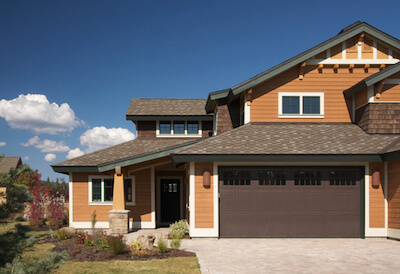The kids are asleep. Everything is quiet throughout the house. And then you step on it; that squeaky spot. The squeaky floor that seems to echo down the hall.
You’d give anything to fix it. But that would require an expensive housecall from a contractor. It’s easier to live with the squeak. Or is it?
If you’re tired of the squeaky floor in your home, there are a few easy, inexpensive workarounds you can do that will help eliminate the sound.
Insert Shims Into Gaps
If you have access to the floor from underneath, you can easily find and fix the problem. Have someone walk on the floor or stairs from above while you watch where the sound and movement is coming from . If the culprit is a gap between the subfloor and a joist, place a shim into the gap. Apply some wood glue and slide the shim into the gap until it’s snug. Don’t force it. If you push too hard you’ll make the gap wider. By taking up the small space with a shim, you’ll stop the bouncing between the wood taking place, and the noise should stop. This works on stairs as well.
Use Construction Adhesive
Sometimes a gap will run the entire length of a joist. This can allow constant friction between the joist and the subfloor. Apply a small amount of construction adhesive along the joist and work it into the gap until the squeak stops.
Fix A Warped Joist
Occasionally joists can warp or deteriorate. If this happens, you will find a space between the subfloor and the joist. To fix the problem, nail a block of wood along the joist to add stability to the area impacted. Apply construction adhesive along the top of the wood to create a solid connection between the two pieces of wood. You can also screw it to the joist for stability.
Quiet Multiple Joists
Occasionally you’ll have more than one joist contributing to the noise. To quiet them, nail or screw a 2×8 block of wood between them. Insert the blocks at around the midpoint. Apply construction adhesive along the edges to keep them tightly in place.
Lubricate Floorboards
While many squeaks can be eliminated by working from the bottom of the floor, in some cases you may have to work from the top. You can also try this method if you don’t have access to the joists and subflooring from below. If wooden floorboards are causing the problem, pour a powdered soapstone or talcum powder between the boards. Then place a soft cloth over the boards and work the lubricant into the cracks. This should reduce the rubbing that takes place between the pieces of wood, and reduce the squeak. Repeat as needed. Vacuum up any remaining powder.
